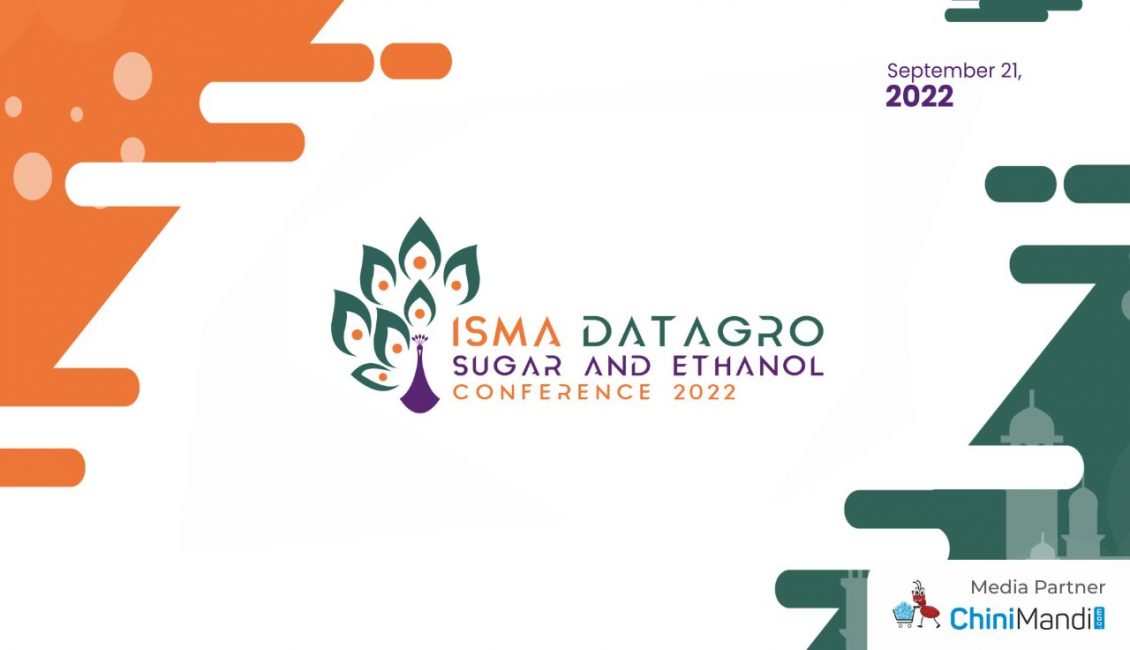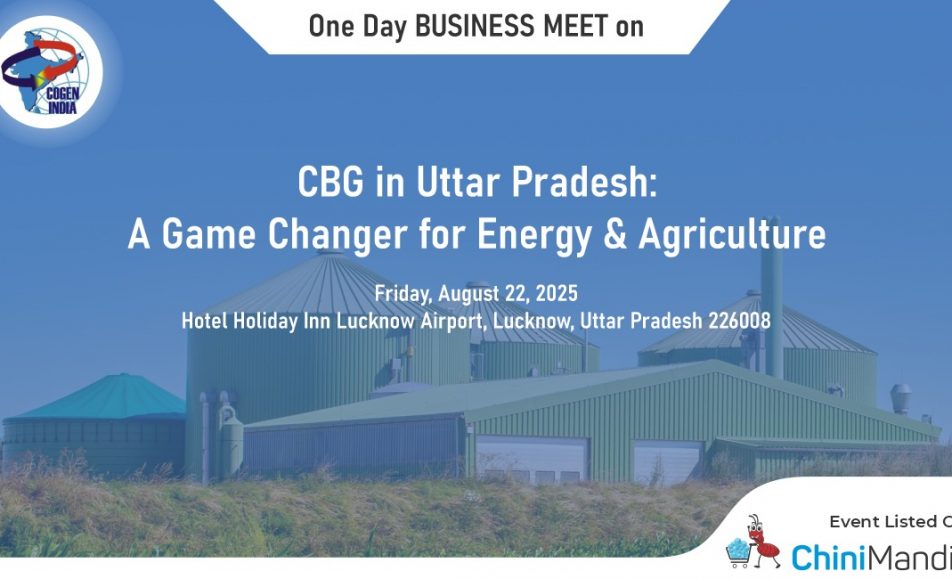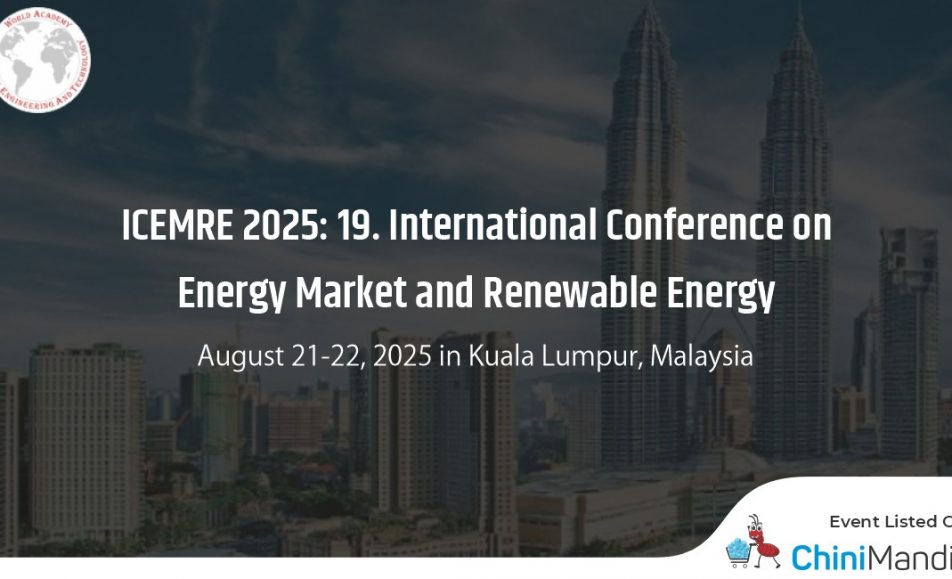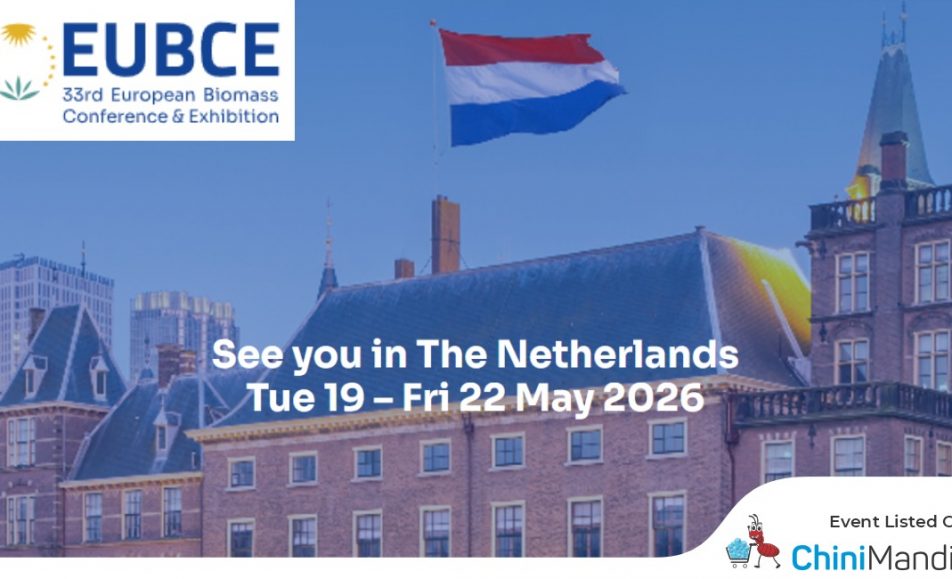
Since 2018, India has very rapidly implemented measures aimed at increasing production and use of ethanol as fuel. In early 2018, the Government of India (GoI) authorized production of ethanol from B-molasses (also known in some countries as rich-molasses, for having higher total sugars content) and directly from cane juice. It also implemented prices for ethanol that are higher than sugar in equivalent terms, and anticipated the goals for achievement of higher ethanol blends. Higher ethanol production has enabled India to achieve an average blend ratio of 10.2% in 2021/22, 5 months ahead of the target set by GoI, and a target to have 20% blends all over the country by 2025/26 has been set, in anticipation of the earlier deadline of 2030. GoI has also authorized the sales of flex fuel vehicles capable of using any proportion of E10/E20 or pure ethanol (E100 or E85).
Expansion of distillation capacity is underway through financing of new projects based on fuel purchase agreements with oil marketing companies (OMCs). But there are issues related to the distribution of ethanol on a country-scale that need to be addressed. What is the experience on cabotage maritime transport, internal rail, pipelines, or land transport. Is the automobile industry prepared and the fleet of light vehicles capable of adopting 20% ethanol blends, or there are technical matters yet to be considered. What lessons can be learnt from Brazil´s experience in implementation of higher ethanol blends and use of FFVs. Which are the advantages in terms of emissions and efficiency related to the introduction of electrification with biofuels, such as hybrid vehicles capable of using ethanol.
The transferring of the experience of Brazilian companies involved in fuel distribution and transport, including sea transport and pipelines, related to the introduction of ethanol in their distribution system will be paramount to the successful achievement of India´s goals to expand ethanol usage in a safe and reliable manner.
For Brazilian and US ethanol producers the interest in expanding ethanol usage beyond the existing consolidated markets that exist mostly in Brazil and the US are clear. It is strategic to expand markets for ethanol-related automobile motorizations in order to consolidate ethanol as an alternative for sustainable mobility.
For automobile, four, three and two-wheelers, that have already developed motorizations capable of using ethanol as means of achieving decarbonization targets and reduced emissions of pollutants it is an opportunity to expand markets and internationalize their successful and proven experience. For those that are in the process of adopting the technology it is an opportunity to learn and establish new alliances.
For governments, it brings the possibility of implementing policies that promote price stability and wealth to the farming sector, enabling the multiplier effect that is connected with the development of decentralized energy production. It is also a means of achieving decarbonization goals and controlling urban pollution utilizing the existing fuel distribution infrastructure.
Other issues involved with ethanol production can and should also be demystified. Vinasse or stillage is not a poison, and is actually a valuable fertilizer rich in potash and other minerals which return to the soil in a closed circle of nutrients application. It corrects soil acidity and over time contributes intensively to the capture of carbon in the soil, which provide valuable additional contribution to decarbonization goals.
Additional routes of diversification such as power generation, second-generation (2G) ethanol, pelletized bagasse, biogas and biomethane, yeast, amino acids, vitamins, and capture of CO2 are also important issues to be discussed in consortium with ethanol diversification.
The impacts of all these actions to the sugar and fuels markets, and the prospects for the reaction of producers in light of these great opportunities for change are also key in the planning process and the design of future investments. Trigger impacts on the demand for various inputs, machinery and equipment, new technologies in the agricultural and industrial areas capture the attention and interest of various related sectors.
Given this rich context, it is appropriate that it is established a venue that congregates the various stakeholders involved in this vector of transformation.
With this perspective, DATAGRO and ISMA have joined efforts to organize a conference aimed at addressing all technical matters related to the diversification of ethanol use in India and its subcontinent, and gathers in one space policy makers, industry, automakers, fuel distributors and oil marketing companies, input suppliers and providers of technology in the ag and industrial areas.



